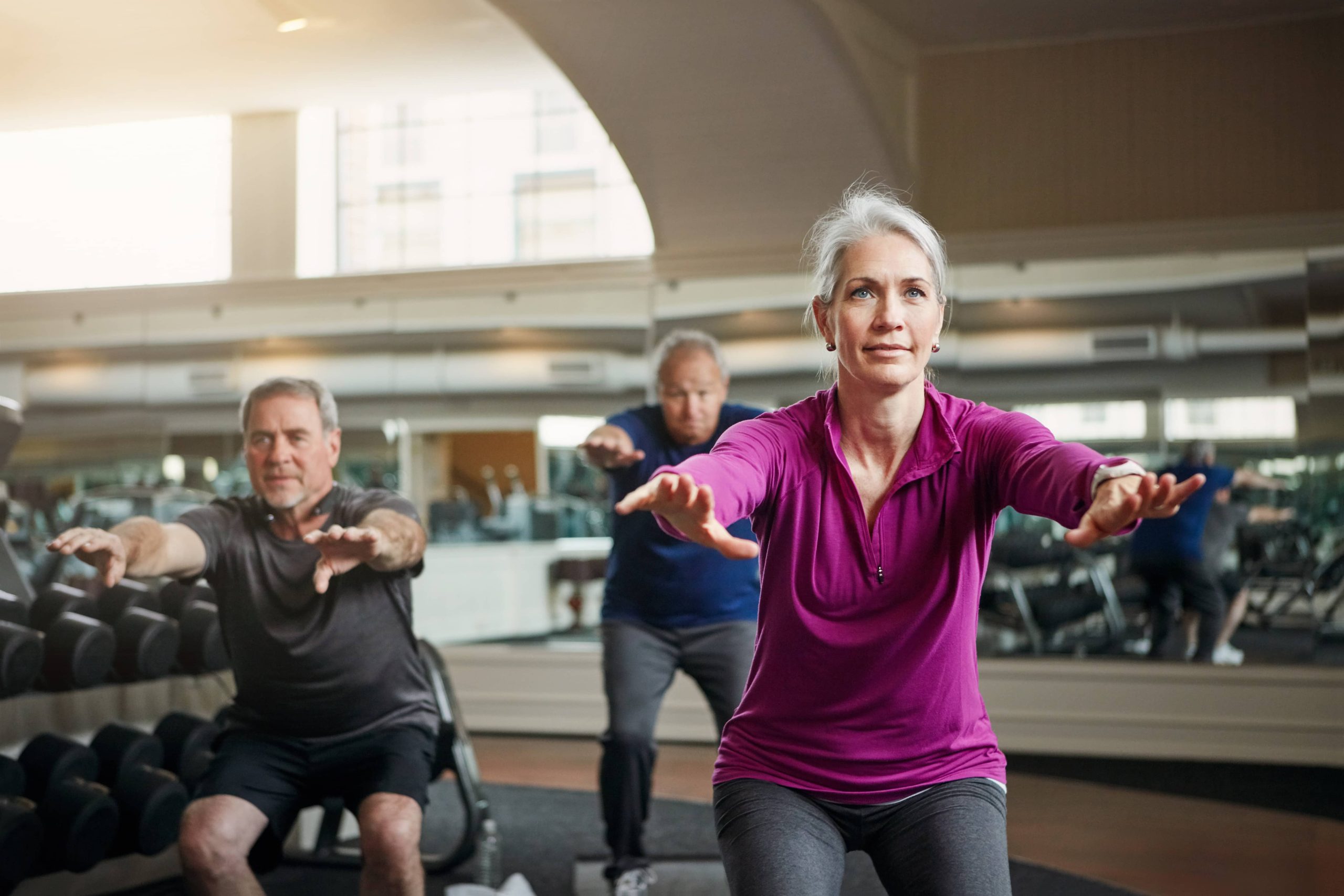
As a health blogger passionate about “Active Aging,” I understand the importance of maintaining balance as we age. Balance exercises are crucial for older adults to keep the risk of falls at bay, enhance physical functionality, and enjoy a better quality of life. Here, I will introduce you to seven effective balance exercises. These exercises are tailored to improve stability, boost confidence, and keep anyone feeling fit and youthful.
Understanding the Importance of Balance in Aging
With age, we naturally face changes in physical strength, coordination, and balance. These changes can stem from weaker muscles, deteriorating vision, or conditions like arthritis, but that doesn’t mean we can’t fend off these challenges. By incorporating specific balance exercises into our routines, older adults can:
– Reduce Fall Risk: A primary concern for older adults, falls can lead to serious injuries. Regular balance exercises help build strength and improve coordination, reducing the risk.
– Enhance Mobility: Good balance aids in walking and moving more effortlessly.
– Boost Confidence: Knowing that you have a strong sense of balance helps in instilling confidence in performing daily activities.
– Improved Posture and Core Strength: Balance exercises strengthen the core muscles, leading to improved posture.
Now, let’s delve into these seven balance exercises that can be seamlessly integrated into daily routines.
1. Standing on One Leg
Purpose: Enhances core strength and stability.
Instructions:
– Stand behind a sturdy chair and hold onto the back for support.
– Lift your right foot and balance on your left leg for as long as is comfortable. Aim for at least 10 seconds.
– Return your foot to the ground and switch sides.
– Repeat this exercise 5 times on each leg.
Tips:
– Keep your gaze forward or focus on a stationary point to maintain balance.
– As you get better, perform this exercise without using the chair for support.
2. Heel-to-Toe Walk
Purpose: Improves coordination and enhances balance.
Instructions:
– Stand upright and position the heel of one foot directly in front of the toes of the other foot.
– Take a step by placing your heel right in front of your toes, and continue for about 20 steps.
– You can use a wall or countertop for support if needed.
Tips:
– Concentrate on a point ahead of you to stabilize.
– Ensure you’re in a shoes-free environment to enhance foot awareness.
3. Tai Chi Basics
Purpose: Combines slow, deliberate movements to improve balance and flexibility.
Instructions:
– Start with the “Commencement” move: Stand with feet shoulder-width apart, arms at your sides.
– Slowly raise your arms to shoulder height with palms facing down, then lower them.
– Incorporate moves like “Repulse the Monkey,” “Wave Hands Like Clouds,” or follow a basic Tai Chi video for guidance.
Tips:
– Tai Chi classes are widely available and can provide a social atmosphere along with physical benefits.
– This helps in mindful movement and enhances the mind-body connection.
4. Toe Lifts
Purpose: Strengthens the lower leg muscles and enhances stability.
Instructions:
– Stand near a wall or a piece of sturdy furniture for support.
– Lift your toes, trying to stand on your heels without moving your body forward.
– Hold for a few seconds and then lower your toes back to the floor.
– Repeat this movement 10-15 times.
Tips:
– Progress by holding the pose longer or reducing the initial support.
5. Chair Sits (Sit-to-Stands)
Purpose: Increases leg strength and builds the confidence needed for stable standing and sitting.
Instructions:
– Sit in a sturdy chair, feet flat and arms crossed over your chest.
– Stand up without using your hands, and then slowly sit back down.
– Repeat 10-15 times.
Tips:
– If needed, place a cushion on the seat to build up to full stands.
– Keep your movements controlled to work on your balance.
6. Side Leg Raises
Purpose: Strengthens the muscles at the side of the hips, contributing to improved balance.
Instructions:
– Stand behind a chair or at a counter for support.
– Lift your left leg out to the side without rotating your hips.
– Hold the position for one second, then lower.
– Repeat 10-15 times for each leg.
Tips:
– Stand tall and avoid leaning to maintain alignment.
– Start with smaller lifts, increasing the height as strength builds.
7. Tandem Stance
Purpose: Improves stability and challenges the balance system.
Instructions:
– Stand with one foot in front of the other, heel to toe.
– Maintain this position for 30 seconds without holding onto anything for balance.
– Change the lead foot and repeat.
Tips:
– Perform near a wall or a bar for initial support.
– Deepen the challenge by closing your eyes or using soft ground for a variation.
Conclusion
Balancing exercises are integral for older adults aiming to maintain their independence and continue enjoying an active lifestyle. These exercises, simple yet effective, can be done at home with minimal equipment, making them an accessible part of any fitness routine.
Consistency is key. Practicing these exercises daily or every other day can yield notable improvements in balance, preventing falls and building confidence. Always remember, it’s essential to consult a healthcare provider before initiating any new exercise regimen, especially for those with existing health conditions.
Stay proactive in your approach to aging, embrace exercises that challenge your body, mind, and spirit, and let balance be your ally on the journey to active aging. Whether alone or within a supportive community, these practices lead to a life full of energy and health.











